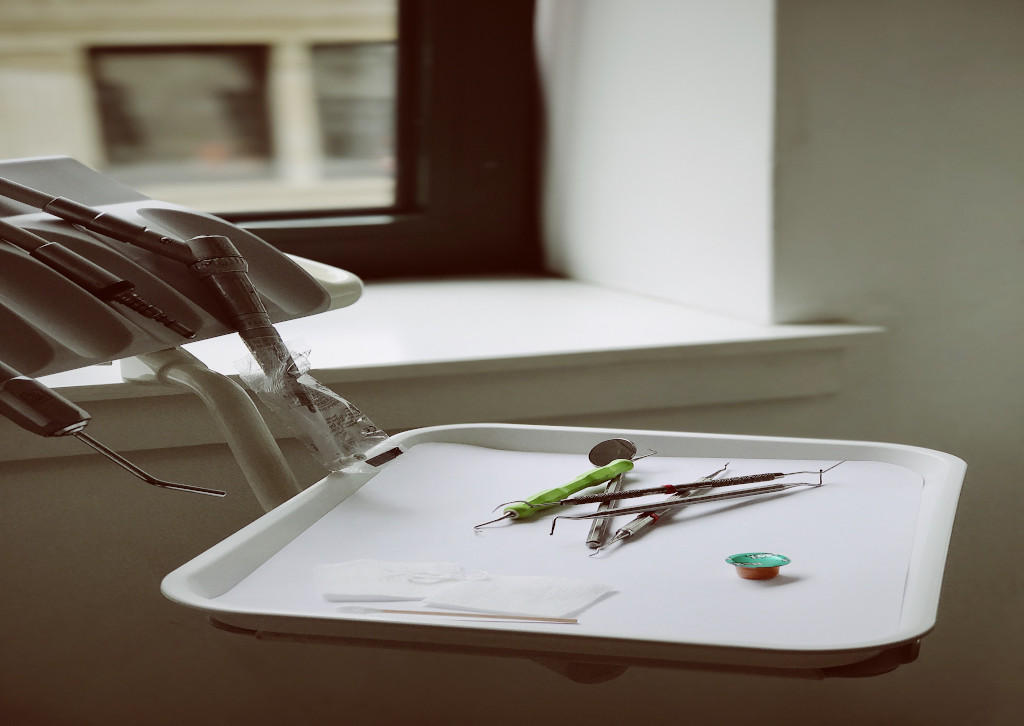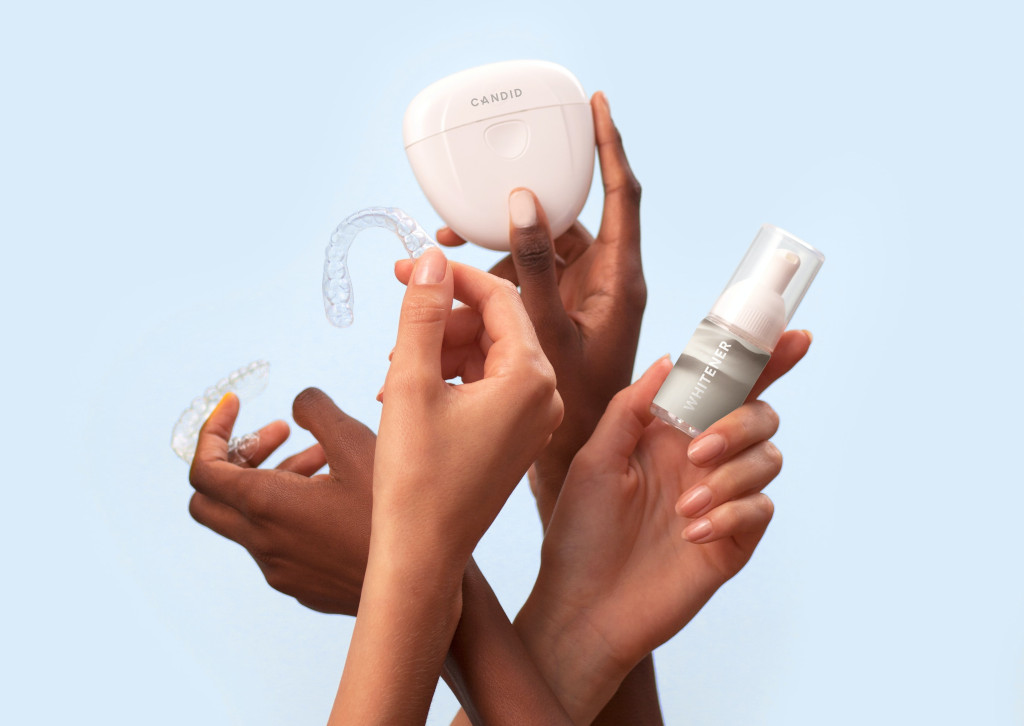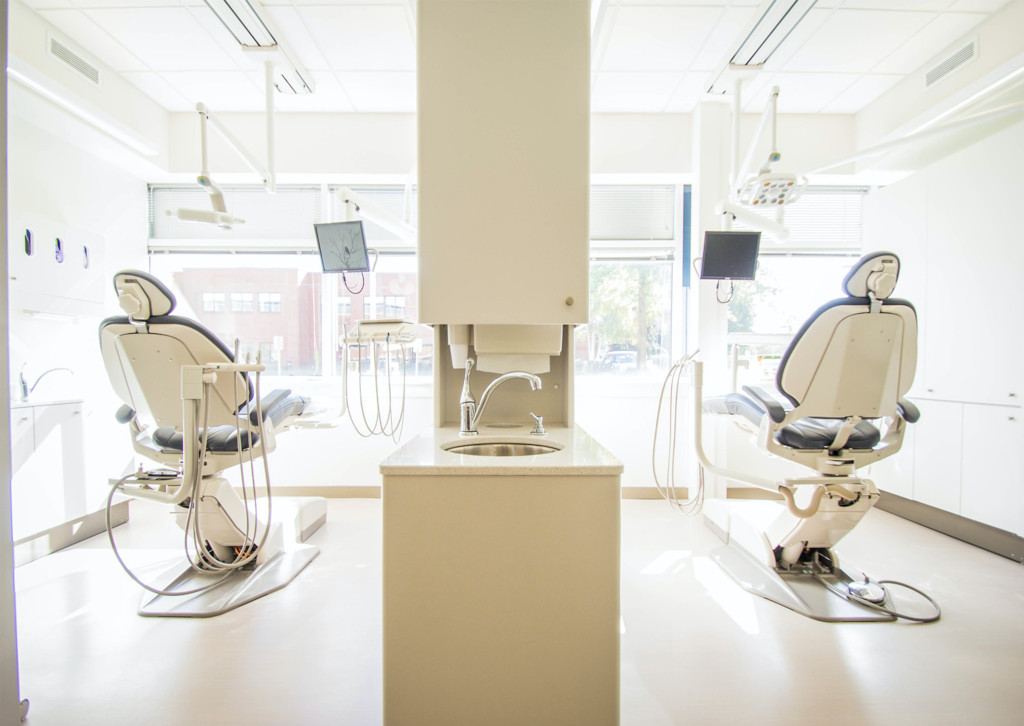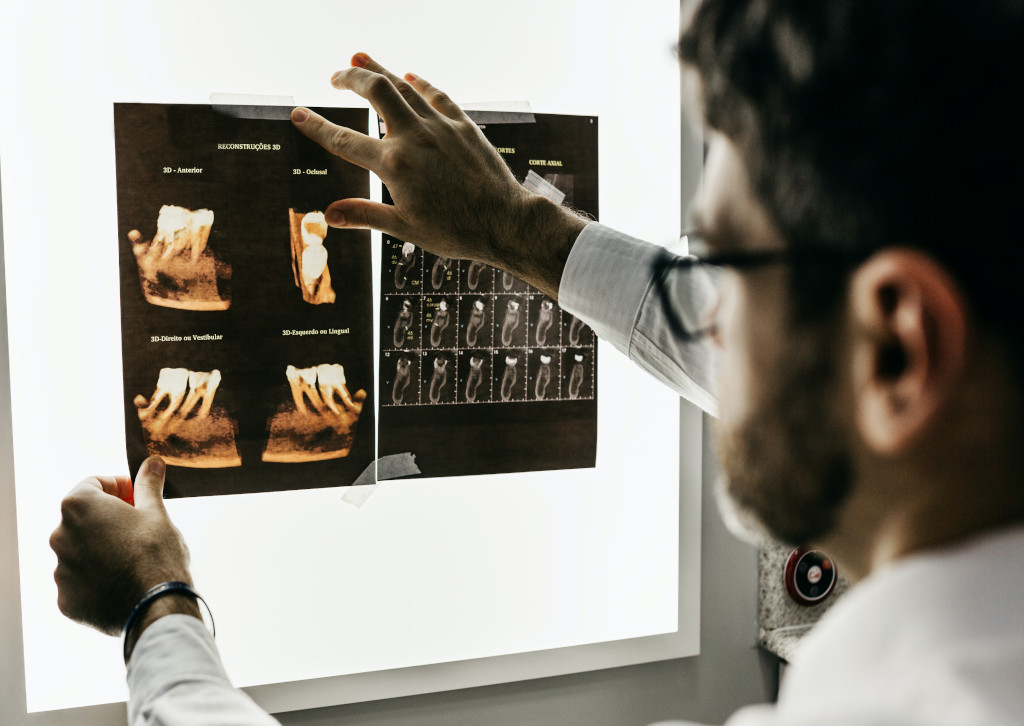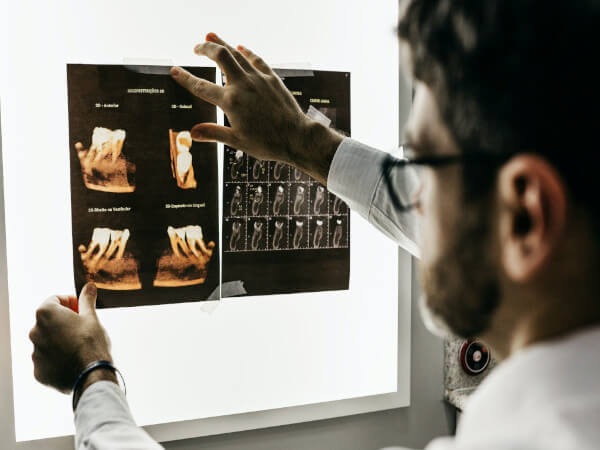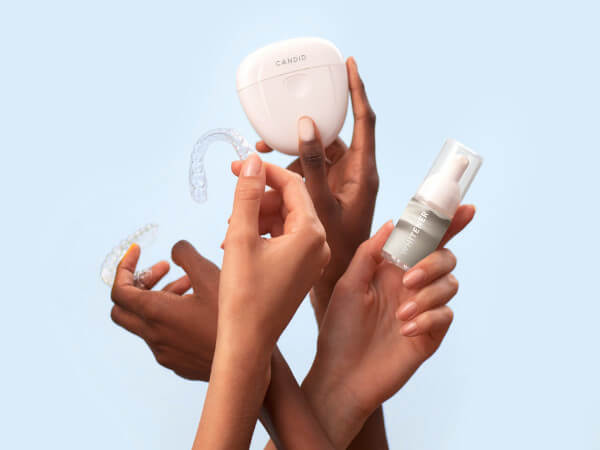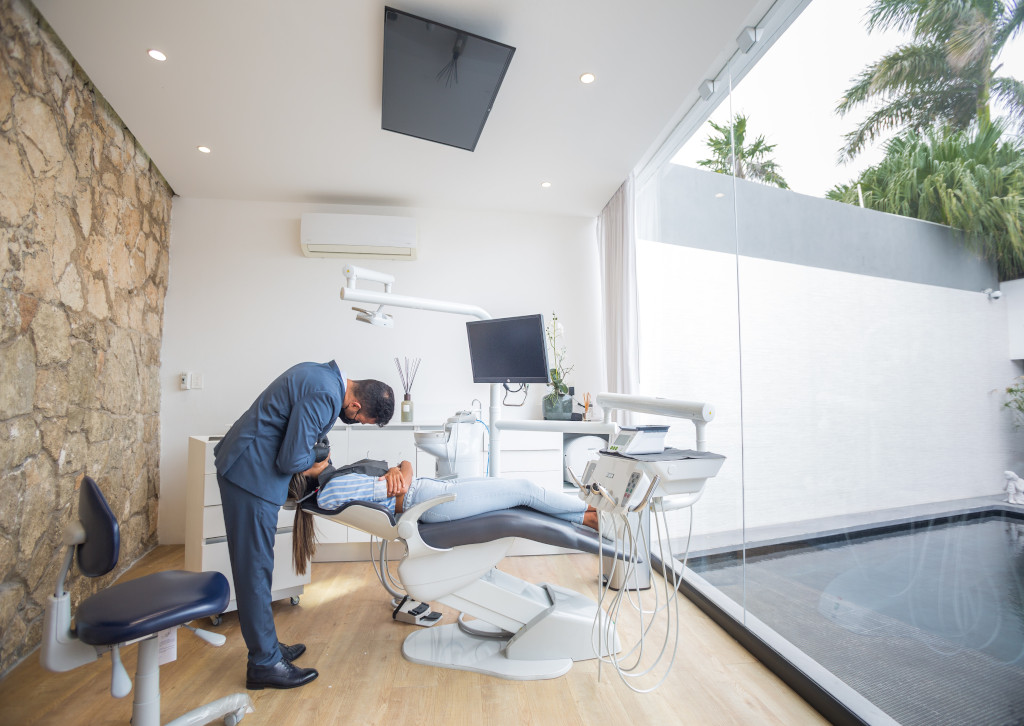When I graduated from Tufts University School of Dentistry in 2010, some of the requirements to graduate were, as far as I can remember, doing 25 restorations, 10 crowns, and three arches of dentures.
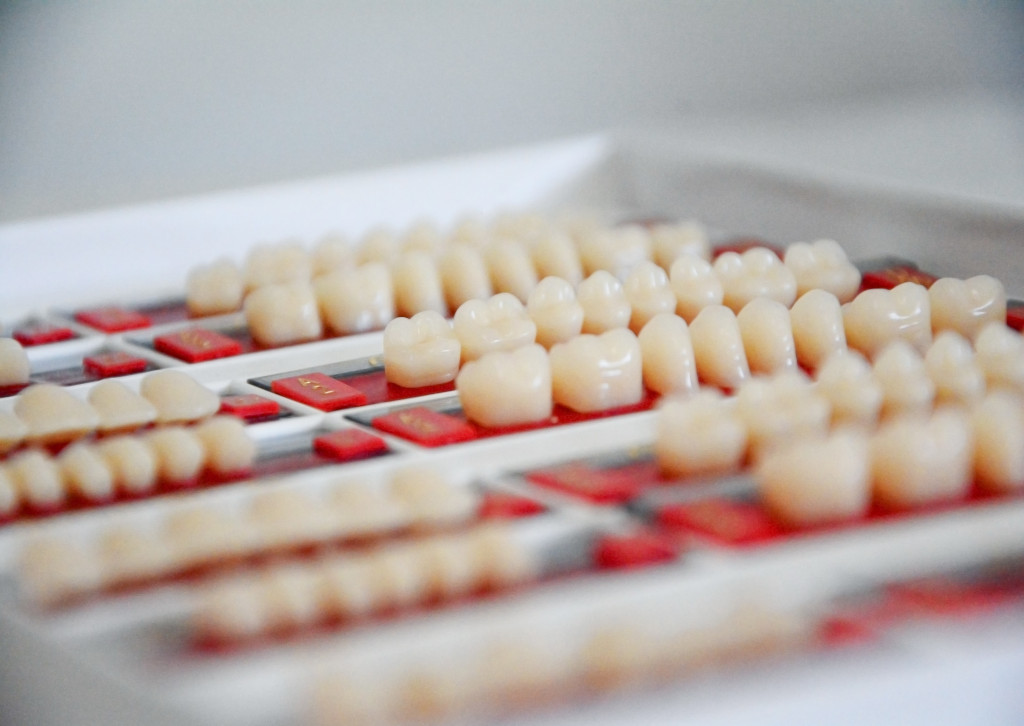
Dr. Simpson
I met those requirements – right on the nose, no more, and obviously not less.
My first experience in private practice was working one day a week in three different offices. Each dentist was so different in their background and practice style, but their patient bases were pretty much the same. My first several months out of school I was so frustrated for a myriad of reasons, one of them being feeling like I wasn’t doing the ever elusive “enough.”
I decided to meet with my mentor just to get some advice and encouragement. I can’t remember exactly how the conversation went, but I do remember lamenting about wanting to do “bigger cases” and “more work” and complaining about what I thought/assumed my classmates were doing.
She kindly but emphatically shut that down.
My mentor talked to me about five things I should focus on instead: learning how to treatment plan; getting better at diagnosing periodontal disease; single crowns; and two more basic, “meat and potatoes” dentistry type of things (that I can’t remember now).
The talk helped make me feel better.
Fast forward nine years later, and to be honest, working in public health, I still do not do the “big cases” that we think of as “big.” You know: the cases where someone needs ortho before they can have implants placed but they also need bone grafts and they have to have their bite opened, or the patients who get 20 veneers. Big cases for me usually end up being full mouth extractions and dentures, and when I say dentures, I don’t mean implant retained over dentures, I mean regular old dentures. And you know what? I love it.
Yesterday I repaired tooth 8 for a patient. A simple MIDFL resin. I took before and after pictures of it, like I do many of my cases.
When we get dental journals in the mail they are filled with complex cases being broken down into the steps it takes to complete them. Pages are full of advertisements for all types of her equipment and the newest technological developments. Some of the biggest social media dental influencers are dentists who do beautiful esthetic cases of veneers. You know what? I will have been practicing nine years in September, and I still haven’t done an implant. And I don’t feel any less fulfilled for it.
As this blog is directed at the new dentist, I would like to present to you the case for enjoying the simple case. Let your first few years out of school be focused on really perfecting your skills of the meat and potatoes of dentistry.
I worked as an associate for a dentist several years ago, and even though I was a practicing dentist, she would check my preps to make sure I had gotten all the decay out. Initially I was offended, but she explained she had a new associate before me who left so much decay under restorations that she, the owner, ended up having numerous patients that came back for recall and they had recurrent decay – all fillings done by the previous new dentist associate.
The owner had to redo work on all those patients; which she did free of charge.
Full disclosure, she found tiny areas of decay several times the first few times she checked my preps. I learned so much from her and have become a much better dentist for it. As the years have passed, I have had to go behind dentists newer than me and repair work. It is so hard to explain having to redo something to a patient without disparaging the work that was done. I will forever be a proponent of your first years out of school being on developing basic skills – NOT trying to come out and find those big cases to do to show off.
In all aspects of life we compare ourselves to our peers, so it’s natural that we compare ourselves to our colleagues. Don’t be discouraged when you see your former classmates doing “big cases.”
Just like my mentor told me: pick five (maybe even less!) things to focus on your first couple of years out of school: whether it’s single canals of endo, perfecting posterior composites, treatment planning, simple extractions, or oral cancer screenings. Fill your own fillings even if you have expanded assistants just for the practice and to not be dependent on their work. Work on your speed, efficiency and quality. Work on your bedside manner. Learn when a case is beyond your level or expertise at that point. If you do a single crown, let it be the best single crown you have ever done. Take pictures of your simple cases to give them the same level of respect and attention we give those “big cases.”
Learn to enjoy and appreciate those anterior esthetic resins for patients who can’t afford veneers. You don’t know the direction of your career. You may end up in a community where patient’s can’t afford certain types/levels of treatment – or even if they can, they don’t want to get the work done for whatever reason. This may mean unfollowing certain people on social media or even not discussing work with certain people to preserve your peace and confidence.
Patients will come. Technology will continue to change and improve. You have at least 20 years ahead of you to build and create your career. I can tell you with utmost confidence: those big cases will be there and you will have time to do them. So for today, learn to appreciate the simple cases.
Dr. Elizabeth Simpson is a New Dentist Now guest blogger. She grew up in Indianapolis and graduated from Tufts University School of Dental Medicine in 2010. Liz is a general dentist working full time for two Federally Qualified Health Centers in Anderson and Elwood, Indiana. She is a member of the American Dental Association Institute for Diversity in Leadership program and has started a toothbrushing program at an elementary school in Indianapolis. When she’s not working she enjoys reading, going to the movies, traveling and spending time with her family and friends.
